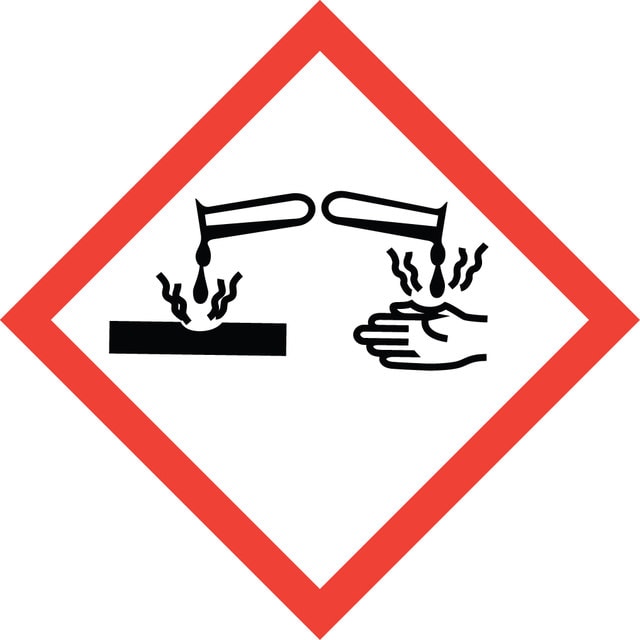Sign In to View Organizational & Contract Pricing
Select a Size
About This Item
Empirical Formula (Hill Notation):
C6H6O
CAS Number:
Molecular Weight:
94.11
Beilstein:
6428463
EC Number:
MDL number:
UNSPSC Code:
12352002
PubChem Substance ID:
form
liquid
availability
available only in Japan
concentration
in H2O
dilution
(for analytical testing)
SMILES string
Oc1ccccc1
InChI
1S/C6H6O/c7-6-4-2-1-3-5-6/h1-5,7H
InChI key
ISWSIDIOOBJBQZ-UHFFFAOYSA-N
Looking for similar products? Visit Product Comparison Guide
Signal Word
Danger
Hazard Statements
Precautionary Statements
Hazard Classifications
Acute Tox. 3 Dermal - Acute Tox. 3 Inhalation - Acute Tox. 3 Oral - Aquatic Chronic 2 - Eye Dam. 1 - Muta. 2 - Skin Corr. 1B - STOT RE 2
Target Organs
Nervous system,Kidney,Liver,Skin
WGK
WGK 2
Personal Protective Equipment
dust mask type N95 (US), Eyeshields, Gloves
Regulatory Information
新产品
This item has
Choose from one of the most recent versions:
Already Own This Product?
Find documentation for the products that you have recently purchased in the Document Library.
Sudipta Dey et al.
Journal of environmental sciences (China), 25(4), 698-709 (2013-08-09)
Performance of a hybrid reactor comprising of trickling filter (TF) and aeration tank (AT) unit was studied for biological treatment of wastewater containing mixture of phenol and m-cresol, using mixed microbial culture. The reactor was operated with hydraulic loading rates
Masaharu Nakamura et al.
Bioorganic & medicinal chemistry, 21(7), 1643-1651 (2013-03-07)
We previously reported that bis-phenol derivatives, including LG190178 (3a), possess not only vitamin D receptor (VDR) agonistic activity, but also androgen receptor (AR) antagonistic activity. Here, we describe the design, synthesis and evaluation of silicon-containing bis-phenol derivatives, with the objective
Chiung-Fen Chang et al.
Water science and technology : a journal of the International Association on Water Pollution Research, 67(7), 1434-1441 (2013-04-05)
Magnetic TiO2 (MT) composites were prepared and applied to degrading phenol, which is one of the listed priority pollutants. The effects of heat treatment under preparation on the photocatalytic activity of MT composites have been investigated by varying the soaking
Hichem Alimi et al.
General physiology and biophysics, 32(1), 115-127 (2013-03-28)
Rhus tripartitum (sumac) is an Anacardiaceae tree with a wide phytotherapeutic application including the use of its roots in the management of gastric ulcer. In the present study the Rhus tripartitum root barks extract (RTE) was phytochemical studied, in vitro
V Leone et al.
Chemosphere, 91(3), 415-420 (2013-02-23)
A novel organo-zeolite adduct has been synthesized by sorbing humic acids (HA) onto zeolitic tuff and then heating the resulting complex at 330°C for 1.5h. Desorption tests showed that this procedure effectively immobilized HA on the tuff. The crystal structure
Our team of scientists has experience in all areas of research including Life Science, Material Science, Chemical Synthesis, Chromatography, Analytical and many others.
Contact Technical Service


